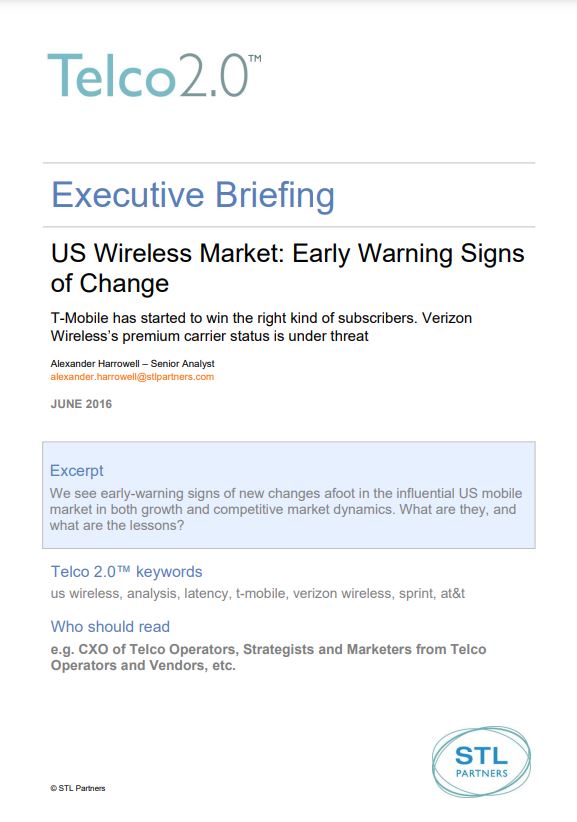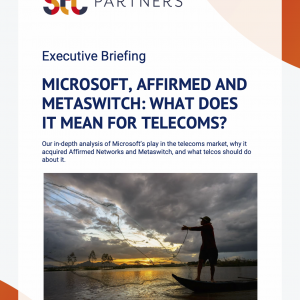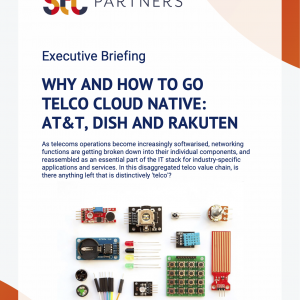US Wireless Market: Early Warning Signs of Change
£1,000.00 excl VAT
We see early-warning signs of new changes afoot in the influential US mobile market in both growth and competitive market dynamics. Verizon Wireless was the biggest winner from the market’s recent growth. But now things are slowing and challenger T-Mobile is breaking into the premium segment. What are the lessons?
Description
Format: PDF filePages: 34 pagesCharts: 28Author: Alexander HarrowellPublication Date: June 2016
Table of Contents
- Executive Summary
- Introduction
- The US Wireless Market, 2011-2016
- Where Do We Go From Here?
- Duopolists, challengers, and exits
- Valuations
- Challenging the Premium Carrier
- The Impact of IPv6 deployment
- Conclusions
- Disruptive Responses: 5G
- Disruptive Responses: Content
Table of Figures
- Figure 1: The US wireless revenue base, 2011-2016
- Figure 2: Long term shifts in the US national wireless profit pool, 2011-2016
- Figure 3: Profits at US wireless carriers, 2011-2016 (time series)
- Figure 4: The short-run profits pool
- Figure 5: Five years of Verizon Vs T-Mobile
- Figure 6: Long term share of connections growth, 2011-2016
- Figure 7: Short term share of connections growth, 2015
- Figure 8: Long term retail postpaid users, 2011-2016
- Figure 9: Short term retail postpaid subscribers, 2015
- Figure 10: Now, T-Mobile is gaining the right kind of subscribers
- Figure 11: Retail postpaid connections over time
- Figure 12: Prepaid subscribers over time
- Figure 13: Long term change in prepaid users is mostly growth, and MetroPCS’s exit
- Figure 14: Short term change in retail prepaid users, 2015
- Figure 15: T-Mobile’s debts are far from zooming out of control
- Figure 16: Duopolists, challengers, and exit candidates
- Figure 17: Net income margins over time
- Figure 18: Device sales surge, margins dive
- Figure 19: Valuation – EV/EBITDA
- Figure 20: T-Mobile leads on our MobiNEX score
- Figure 21: A link between network metrics and customer satisfaction?
- Figure 22: 3 out of 4 US MNOs are “challenged” in the world context
- Figure 23: Download speed vs. percentage of LTE requests
- Figure 24: T-Mobile is the lowest-latency US operator
- Figure 25: T-Mobile is generating 25% fewer high latency events than AT&T
- Figure 26: T-Mobile’s error rate catches up on the market leader
- Figure 27: Quality across the board
- Figure 28: IPv6 adoption, US wireless operators
Technologies and industry terms referenced include: analysis, AT&T, latency, Sprint, T-Mobile, us wireless, Verizon Wireless


